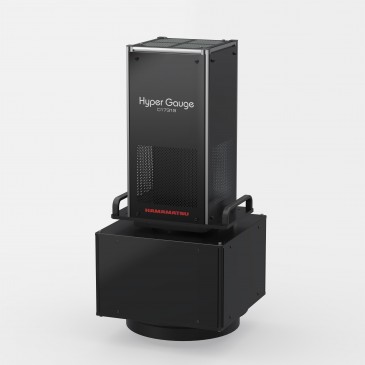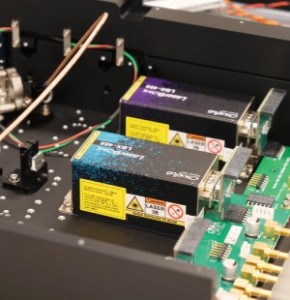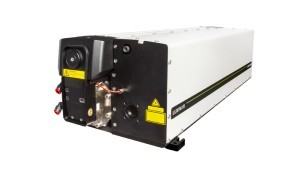
Despite sensing technologies improving, perception algorithms becoming more sophisticated and regulations and standards progressing, developers of autonomous vehicles continue to struggle to scale autonomous operations to new cities or geographies.
Automakers have begun to announce Level 3 autonomous driving cars and are working on the deployment of Level 4 self-driving trucks and commercial robotaxis. However, proving the safety and effectiveness of autonomous technology is taking a long time and extensive simulation and real-world testing are making commercialization slow and expensive. In addition, issues such as liability in the event of an accident, associated legal and societal considerations, such as how human driven vehicles will interact with an AI-driven vehicle, are adding to the challenge.
“The very high R&D costs involved for robotaxis or Level 4 trucks hinder speed of adoption in terms of coverage, but also in delivering ROI. This is ironic given that one of the main advantages associated with autonomous drive is reducing operational costs of transportation,” said Jonathan Davenport, research director at Gartner.
Gartner analysts predict that by 2030, there will be four times as many Level 4 autonomous robotaxis operating globally than there are taxis in 2022.
Gartner clients can read more in the report “Top 5 Automotive Technology Trends for 2022.”




































 Back to News
Back to News



























